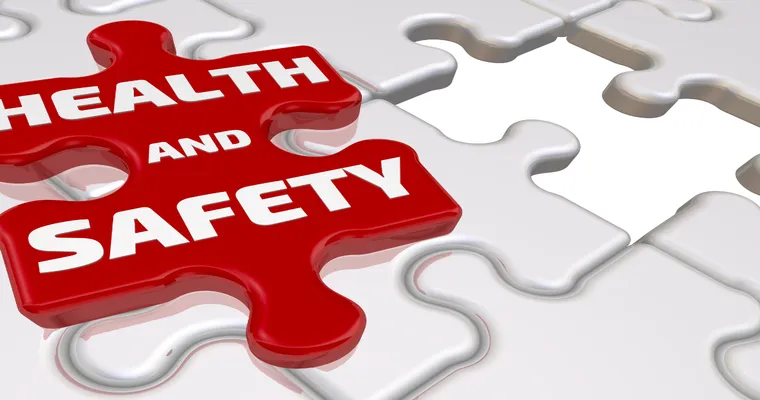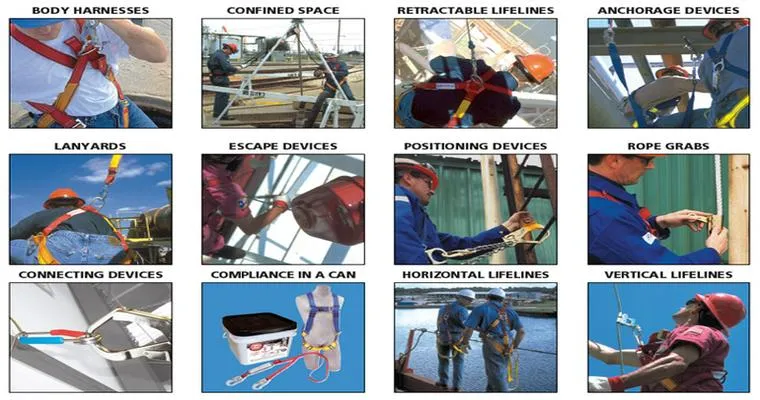"Safety" is a fundamental aspect of our daily lives, influencing how we navigate our environments, interact with others, and engage in various activities. Whether at home, work, or in public spaces, "safety measures" play a critical role in preventing accidents and injuries. This article aims to explore the significance of "safety", the various types of "safety precautions", and how individuals and organizations can foster a safer environment.
The Significance of Safety
The concept of "safety" extends beyond mere accident prevention. It encompasses a wide range of practices that protect individuals from harm and promote overall well-being. The importance of "safety" can be observed in several areas, including:
1. "Home Safety": Ensuring a safe living environment is crucial for families. Home safety measures include installing smoke detectors, securing heavy furniture, and childproofing hazardous areas.
2. "Workplace Safety": Businesses have a legal and ethical obligation to maintain a safe workplace. This involves adhering to regulations, providing safety training, and ensuring that employees have access to personal protective equipment (PPE).
3. "Road Safety": Traffic accidents are a leading cause of injury and death worldwide. Promoting "road safety" through education, strict traffic laws, and responsible driving practices is essential in reducing these incidents.
4. "Public Safety": Communities must implement strategies to protect citizens from crime, natural disasters, and public health emergencies. This can include neighborhood watch programs, emergency preparedness plans, and community health initiatives.
Types of Safety Precautions
Implementing effective "safety precautions" is vital in minimizing risks. Here are some essential types of precautions that individuals and organizations should consider:
"Emergency Preparedness": Having a plan in place for emergencies, such as fires, earthquakes, or medical emergencies, can save lives. This includes creating emergency kits, conducting drills, and ensuring clear communication channels.
"Fire Safety": Regularly checking smoke detectors, having fire extinguishers on hand, and knowing evacuation routes are critical components of fire safety.
"Health and Safety Protocols": In light of recent global health challenges, maintaining hygiene standards and promoting vaccination can significantly enhance public safety.
"Cyber Safety": With the rise of technology, protecting personal information online has become increasingly important. Using strong passwords, enabling two-factor authentication, and being cautious of phishing attempts are essential for maintaining cyber safety.
Fostering a Culture of Safety
Creating a culture of "safety" is not just about following rules; it involves fostering an environment where safety is prioritized and valued. Here are some ways to promote a safety-first mindset:
"Education and Training": Regular training sessions on safety practices ensure that everyone is aware of potential hazards and knows how to respond appropriately.
"Open Communication": Encouraging individuals to report unsafe conditions or practices without fear of reprisal is crucial for maintaining safety.
"Regular Assessments": Conducting routine safety audits can help identify potential risks and areas for improvement.
"Leadership Commitment": Leadership must demonstrate a commitment to safety by allocating resources and prioritizing safety initiatives within the organization.
Conclusion
In conclusion, "safety" is a vital aspect of our lives that cannot be overlooked. By understanding its significance and implementing effective "safety precautions", we can protect ourselves and those around us. Fostering a culture of safety through education, open communication, and commitment from leadership is essential in creating environments where everyone can thrive without fear of harm. Remember, safety is not just a policy; it is a shared responsibility that requires active participation from all members of a community or organization.





